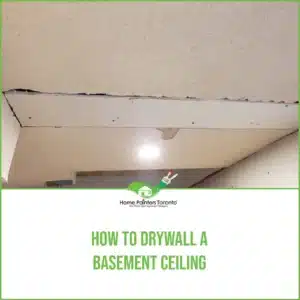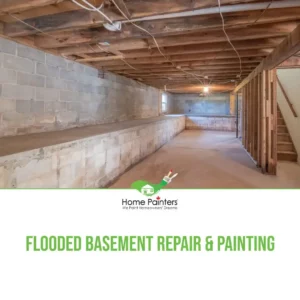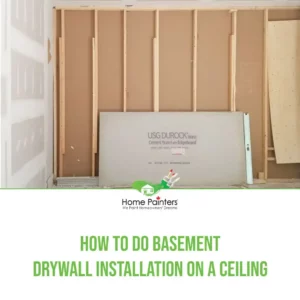
A leaky basement can be a homeowner’s worst nightmare. Not only can it cause significant structural damage to your home, but it can also lead to a host of health issues due to mould and mildew. However, addressing the issue head-on with the right information and action plan can turn the tide, preventing further damage and securing your home’s foundation. In this comprehensive guide, we’ll walk you through everything you need to know about basement leak repair, equipping you with the knowledge to safeguard your home and family.
Understanding the Basics of A Leaking Basement
Basement leaks are often symptomatic of larger issues related to water management and home maintenance. The root cause could range from foundational cracks to improper draining around the perimeter of the house. It’s crucial to understand that these leaks are more than just a nuisance; they are warning signs of potential major water damage and the need for immediate action.
Leaky basements can result from:
- Hydrostatic Pressure: This is when the pressure of water in the soil around your foundation becomes greater than the pressure inside your basement. It can force moisture through cracks in the walls and floor.
- Surface Water: Poorly designed landscapes or clogged gutters can lead to water pooling near your home’s foundation, eventually finding its way into your basement.
- Condensation: High humidity levels and insufficient ventilation can lead to condensation on your basement walls, creating the impression that there is a leak.
Signs You May Have a Leaking Basement Issue
Sometimes, basement leaks are evident. You may notice water leaking into basement after heavy rain. However, other times, the signs are more subtle. Keeping an eye out for these indicators can help you catch the issue early and save you from costly repairs:
- Visible Water: Any standing water or wet patches are obvious signs of a leak.
- Musty Odour: The musty smell in the basement usually indicates the presence of mould, which thrives in damp conditions.
- Efflorescence: A white, chalky residue on your basement walls is a sign that water is seeping in and depositing minerals as it evaporates.
- High Humidity Levels: If you notice condensation and an overall damp feeling in your basement, the humidity levels may be too high.
- Mould and Mildew Growth: These can appear on basement ceilings, walls or fabrics in the basement, a clear sign of excessive moisture.
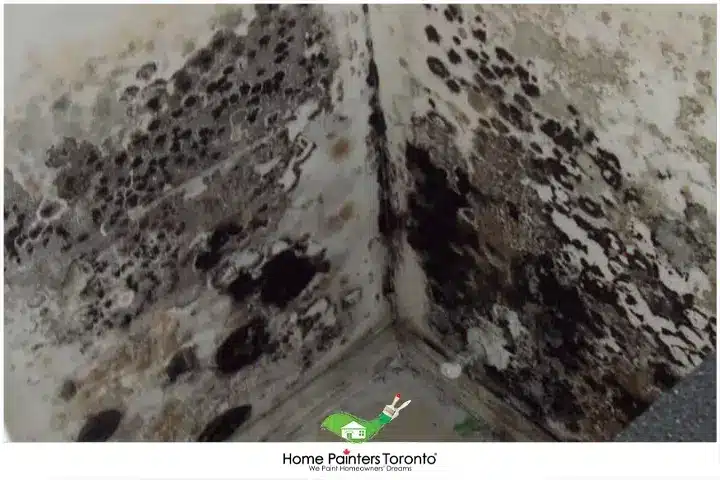
DIY Steps for Initial Basement Leak Repair Assessment
Before calling in the professionals, you can undertake a few simple assessments to diagnose the severity of your basement leak. These DIY steps on how to fix leaking basements don’t require specialized tools and can provide you with valuable information:
- Visual Inspection: Look for visible cracks, gaps, or holes in the walls and floors where water could be entering.
- Exterior Inspection: Check the ground around the outside of your foundation for water pooling and the state of your gutters and downspouts for any blockages.
- Check Sloping: Ideally, the ground around your home should slope away from the foundation to prevent water accumulation.
- Test for Condensation: Cover a small area of the wall with plastic wrap and seal the edges with tape. After a day, if moisture has accumulated on the inside of the plastic, you have a condensation issue.
- Assess for Mold: Look for signs of mould or mildew on walls, ceilings, and belongings. If found, consider conducting an air quality test.
Tools for Detecting and Repairing a Leaky Basement
The right tools can significantly aid in detecting and repairing a leaking basement. Here are some essential tools and equipment you might need:
- Hygrometer: This measures humidity levels, allowing you to monitor and control the environment.
- Moisture Meter: An electronic moisture meter can help locate the source of the leak within the walls and floor.
- Sump Pump: A sump pump is essential for homes with chronic basement flooding, as it helps to remove the water quickly and efficiently.
- Caulk and Hydraulic Cement: These are useful for sealing minor cracks and holes, preventing water from seeping in.
- Waterproofing Paint and Sealants: These products can be applied to walls and floors to create a waterproof barrier.
- Dehumidifier: If high humidity is the issue, a dehumidifier will help keep the levels in check, preventing condensation and mould growth.
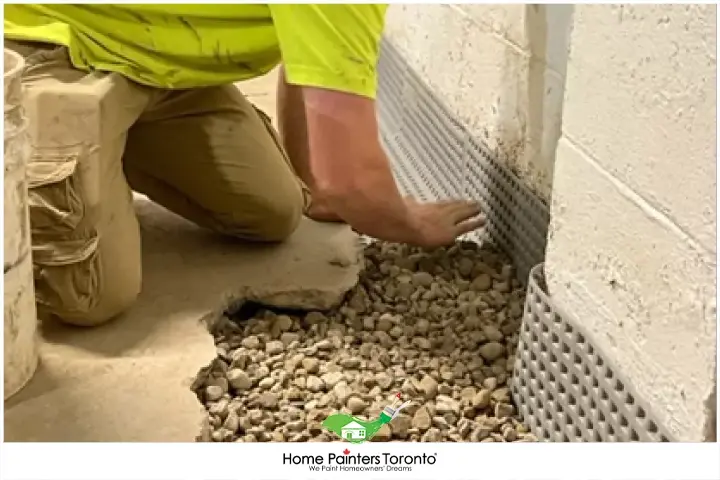
Professional vs. DIY Leaky Basement Repair
The decision to tackle leaky basement repair as a DIY project or to call in professionals largely depends on the root cause and severity of the issue. While DIY repairs can be effective for small, visibly identified leaks, professional help is often necessary for more complex problems like hydrostatic pressure or extensive damage.
Before deciding which route to take, consider these factors:
- Experience and Time: DIY repairs may take significant time and require a high level of skill and knowledge. Professionals can often diagnose and repair the issue much more quickly.
- Health and Safety: Working in basements can expose you to dangerous mould or electric shock. Professionals have the training and personal protection equipment to handle these environments.
- Long-Term Efficacy: Professional waterproofing methods tend to have a longer-lasting impact than DIY solutions.
Common DIY Solutions for Minor Leaky Basement Repair
For homeowners confident in tackling minor leaks, a number of DIY solutions exist. These may include:
- Sealing Cracks with Hydraulic Cement or Epoxy: For concrete walls or floors, these materials can effectively plug small to medium-sized leaks.
- Improving Exterior Drainage: This can involve regrading the soil, installing French drains, or extending downspouts away from the home.
- Repositioning or Installing New Gutters: Ensure your gutters are clean and direct water away from the home.
- Repainting with Waterproofing Sealer: A new coat of specially formulated waterproofing paint can reinforce protection against water intrusion.
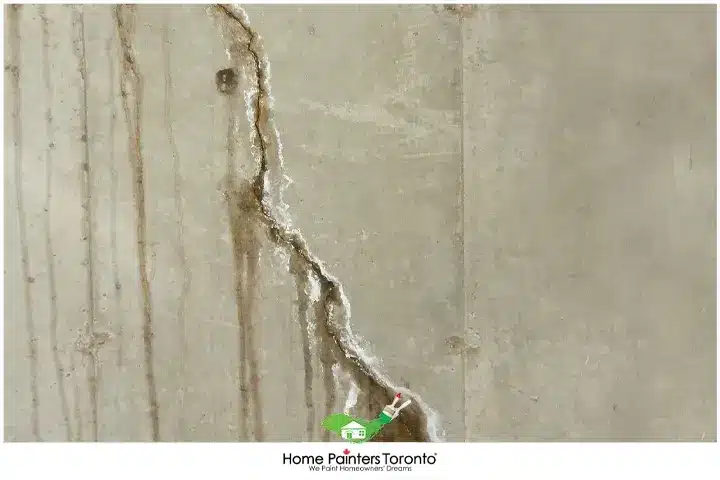
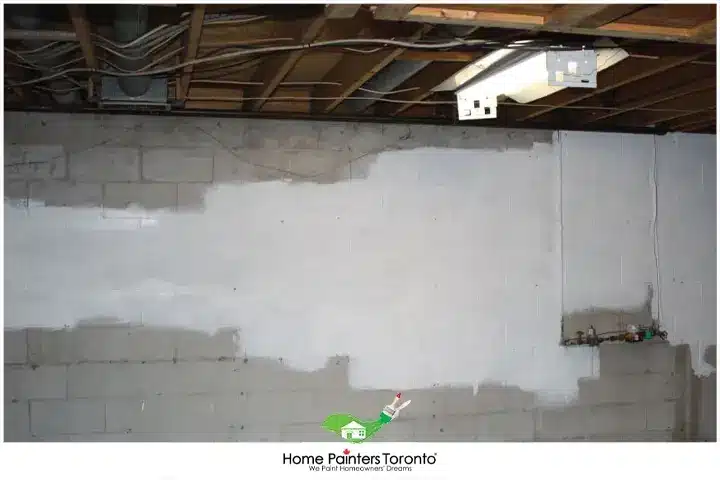
When to Call in a Professional for Basement Leak Repair
There are scenarios in which a professional’s expertise is non-negotiable. These include:
- When Structural Integrity is Compromised: If the leak is causing structural damage or if you notice significant shifts in your home, a professional engineer’s assessment is needed.
- For Geological Solutions: Some leaks are the result of the water table or soil composition. Geological expertise can be necessary for permanent solutions.
- When Previous DIY Attempts Fail: If you’ve tried and failed to repair the leak, it’s time to bring in someone who can identify the root cause and implement a proper fix.
- For Highly Toxic Mold Removal: Professional remediation is required for mold in the basement that poses severe health risks.
The Cost of Basement Leak Repair
Basement leak repair costs can vary significantly depending on factors like the extent of the damage, the location of the leak, and the necessary repairs. Here are some cost considerations to keep in mind:
- DIY Costs: These are generally fairly low and can range from the price of a tube of caulk to several hundred dollars for more complex projects.
- Professional Waterproofing Services: Basement waterproofing costs can range from a few thousand dollars to tens of thousands, depending on the size and complexity of the job.
- Flood Insurance: If you have flood insurance, some or all of your repair costs may be covered. Check your policy for specifics.
Waterproofing Your Basement for the Long Term
To protect your basement from future leaks, a comprehensive waterproofing strategy is imperative. This can include a variety of methods and materials:
- Sealing Cracks and Gaps: Regularly inspect and seal any new or recurring cracks with durable materials.
- Installing a Vapor Barrier: A vapour barrier on the interior walls and floors can reduce condensation and moisture buildup.
- French Drains and Sump Pumps: These can help manage water around and under your foundation, especially in areas prone to heavy rainfall or high water tables.
- Exterior Waterproofing: This is a significant investment but can provide the best protection by eliminating the pressure of water against your foundation.
Tips on How To Get Rid of Musty Smells in the Basement
A musty smell creeping up from the basement can transform even the coziest home into an unwelcoming space. This lingering odour often signals mould or mildew growth due to moisture. Tackling a musty basement smell might seem daunting at first, but with the right approach, it’s a completely manageable task.
- Find and Fix Moisture Sources: Begin with the foundation—repair leaks, ensure gutters are clean, and consider a dehumidifier to manage humidity levels.
- Deep Clean: Remove any mouldy items and clean surfaces with a mild detergent. For non-porous surfaces, a diluted bleach solution may be necessary (please ensure good ventilation and protective gear).
- Ventilate and Dry: Open windows, use fans, or invest in a good dehumidifier to keep the area dry and well-ventilated.
- Utilize Natural Odour Absorbers: Place bowls of baking soda, activated charcoal, or white vinegar around the basement to absorb odours. These natural solutions are efficient and easy to implement.
- Maintain Regularly: Keep the area clutter-free and conduct frequent inspections to tackle any new moisture or mould issues early.
Prevention is Key: Maintaining a Leak-Free Basement
The best way to handle basement leaks is to prevent them from occurring in the first place. Regular maintenance and inspections can go a long way toward keeping your basement dry:
- Keep Gutters Clean and in Good Repair: This ensures that water is effectively channelled away from your home.
- Inspect the Landscape: Regularly check the ground around your home for slope and drainage issues.
- Monitor Plumbing: Keep an eye on your home’s pipes and plumbing for any signs of leaks or damage.
- Update Sump Pump as Needed: As with any mechanical system, sump pumps need maintenance and eventual replacement.
- Regularly Inspect the Foundation: Look for any new cracks and address them promptly.
Final Thoughts
Basement leaks can be daunting, but with the right knowledge and approach, they’re manageable. Whether you tackle the issue head-on with DIY solutions or lean on the expertise of professionals, taking action is crucial for protecting your home and family.
Remember, the key to a leak-free basement is vigilance and prevention. With regular inspections, proper maintenance, and timely repairs, you can transform your basement from a potential hazard into a safe, functional space in your home.
More Interesting Blogs Related to
“Basement Leak Repair: What Every Homeowner Should Know About Leaky Basement”
Don’t let basement leaks dampen your home’s charm and value. It’s time to take action and safeguard your sanctuary. For those residing in Toronto and facing basement leak issues, there’s an immediate and professional solution at your doorstep. Reach out to Home Painters Toronto today, and let’s embark on this essential journey of restoration together. Your home deserves care, and you deserve peace of mind. Call us today at 416.494.9095 or email [email protected] for a FREE quote. And don’t forget to follow us on all our social channels below!


